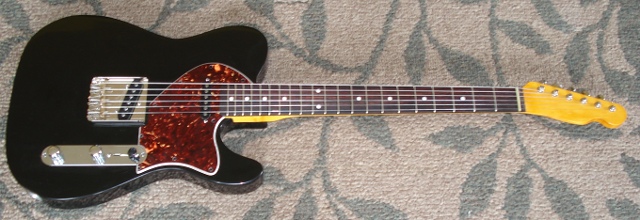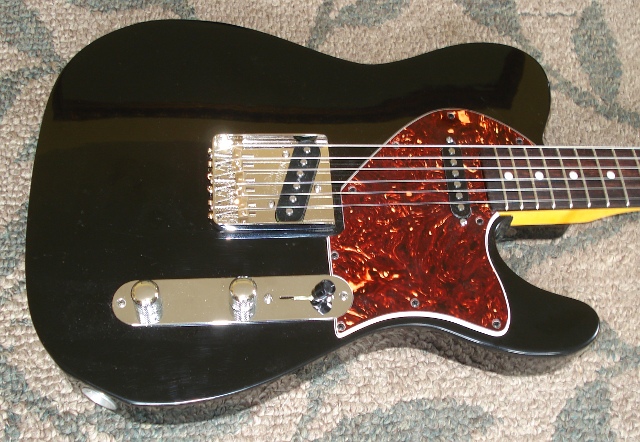
There are basically two styles of fighter kite competition recognized world wide: Line Cut and Line Touch.
Line Cut (or "manjha") kite fighting is an ancient sport still practiced today in the Middle East, Asia and other countries where glass coated kite flying line is used to cut your opponent's kite line during the kite fighting.
Line Touch is a kite fighting game that recently originated in North America, and instead of cutting your opponent's kite line for a quick and decisive "kill", points are scored each time your kite line touches your opponent's kite line during the kite fighting.
Line Cut (or "manjha") kite fighting is an ancient sport still practiced today in the Middle East, Asia and other countries where glass coated kite flying line is used to cut your opponent's kite line during the kite fighting.
Line Touch is a kite fighting game that recently originated in North America, and instead of cutting your opponent's kite line for a quick and decisive "kill", points are scored each time your kite line touches your opponent's kite line during the kite fighting.
Presented herein is a third style of kite fighting called Tail Touch, where you score points by having your kite, or your kite line, touch the streamer tail of your opponent's kite. Here's a listing that compares the very popular Line Touch game with the new Tail Touch game ...
 attack your opponent's kite line with your kite line
attack your opponent's kite line with your kite line attack your opponent's kite tail with your kite or kite line
attack your opponent's kite tail with your kite or kite line




